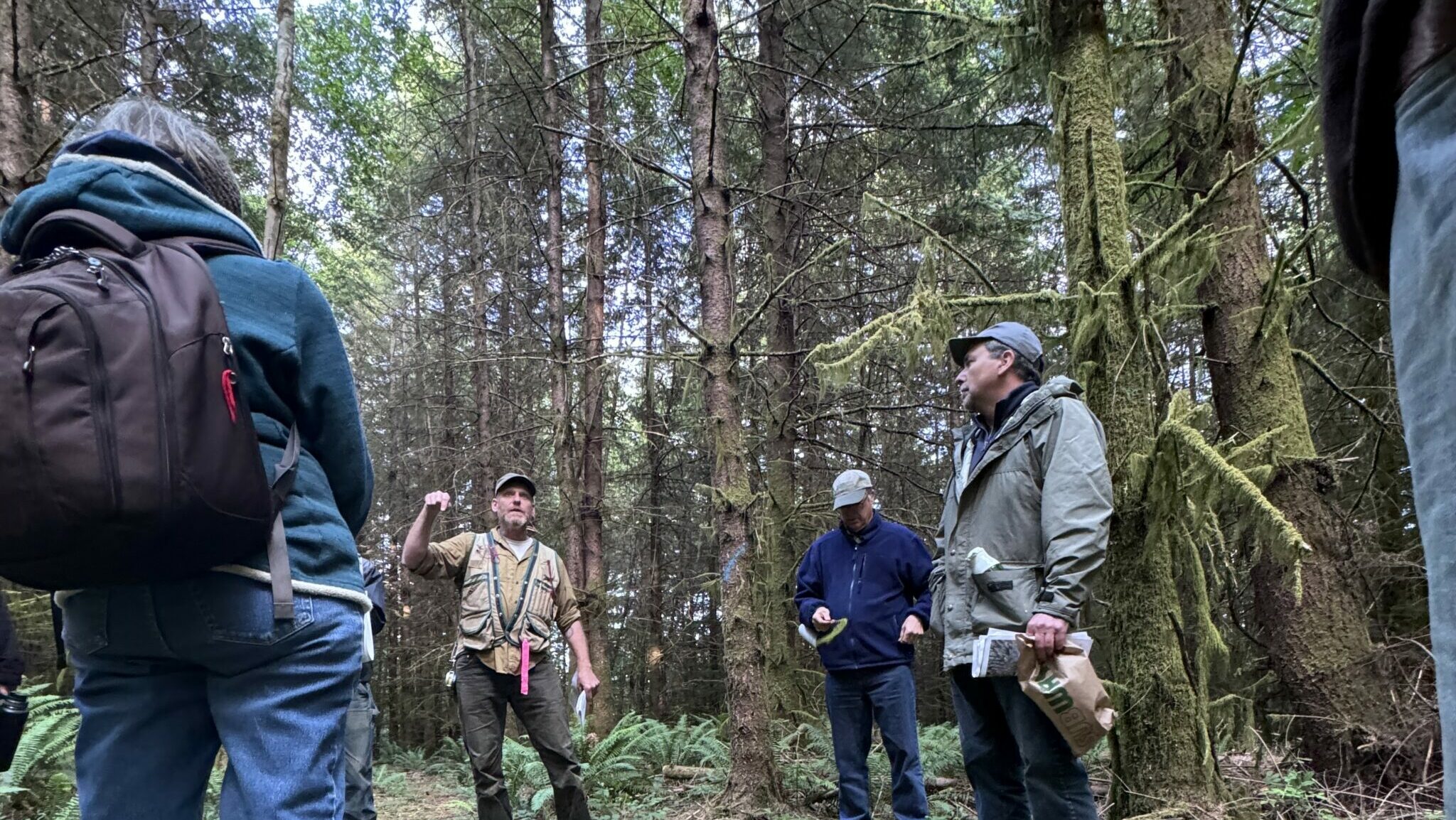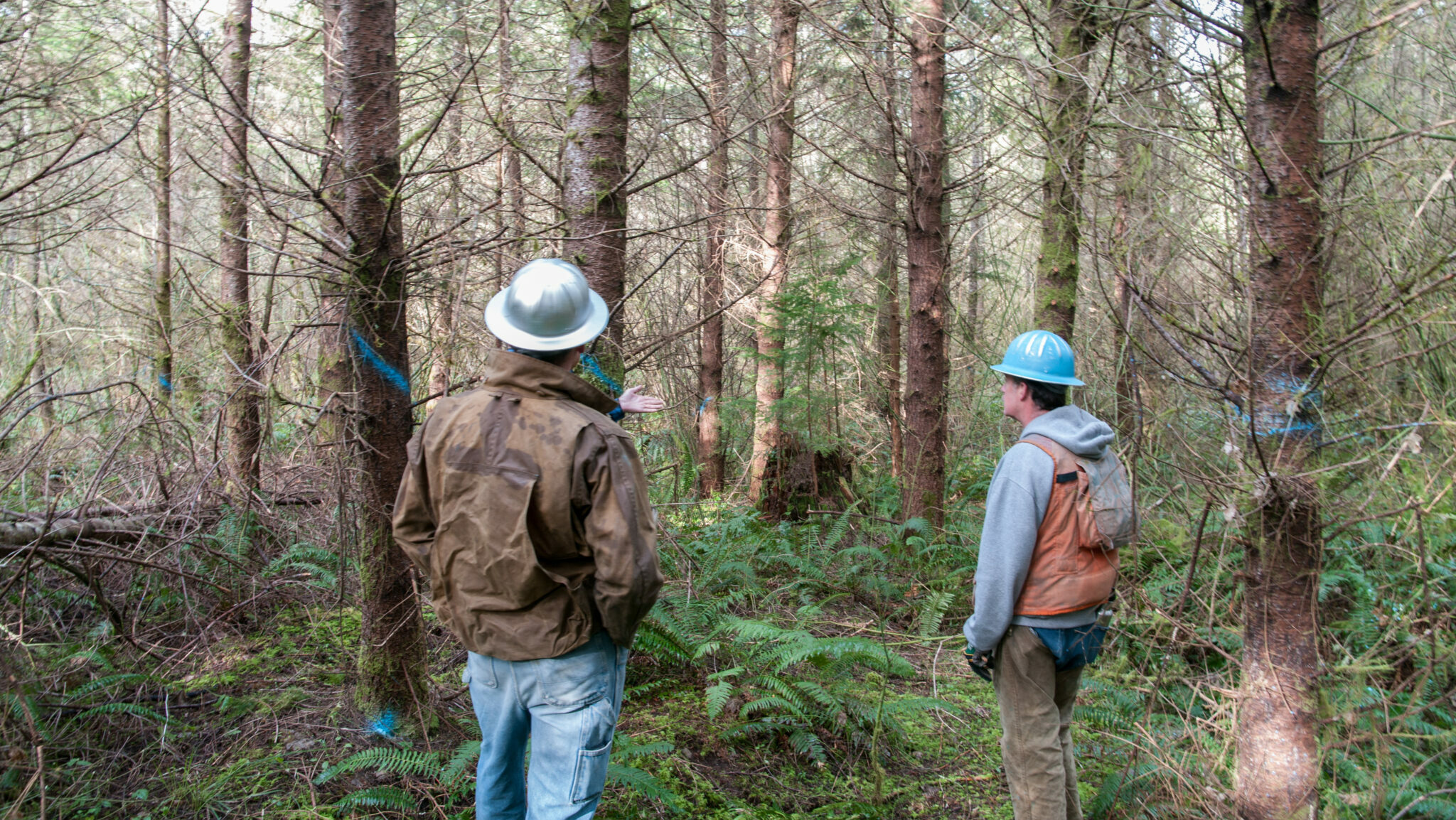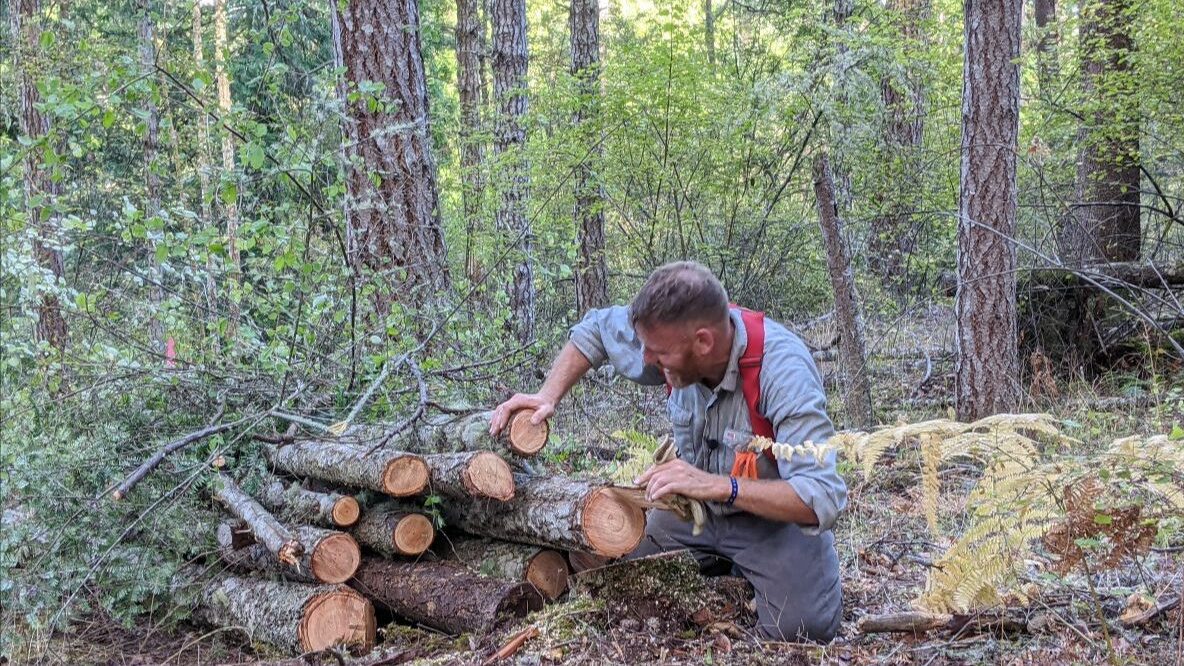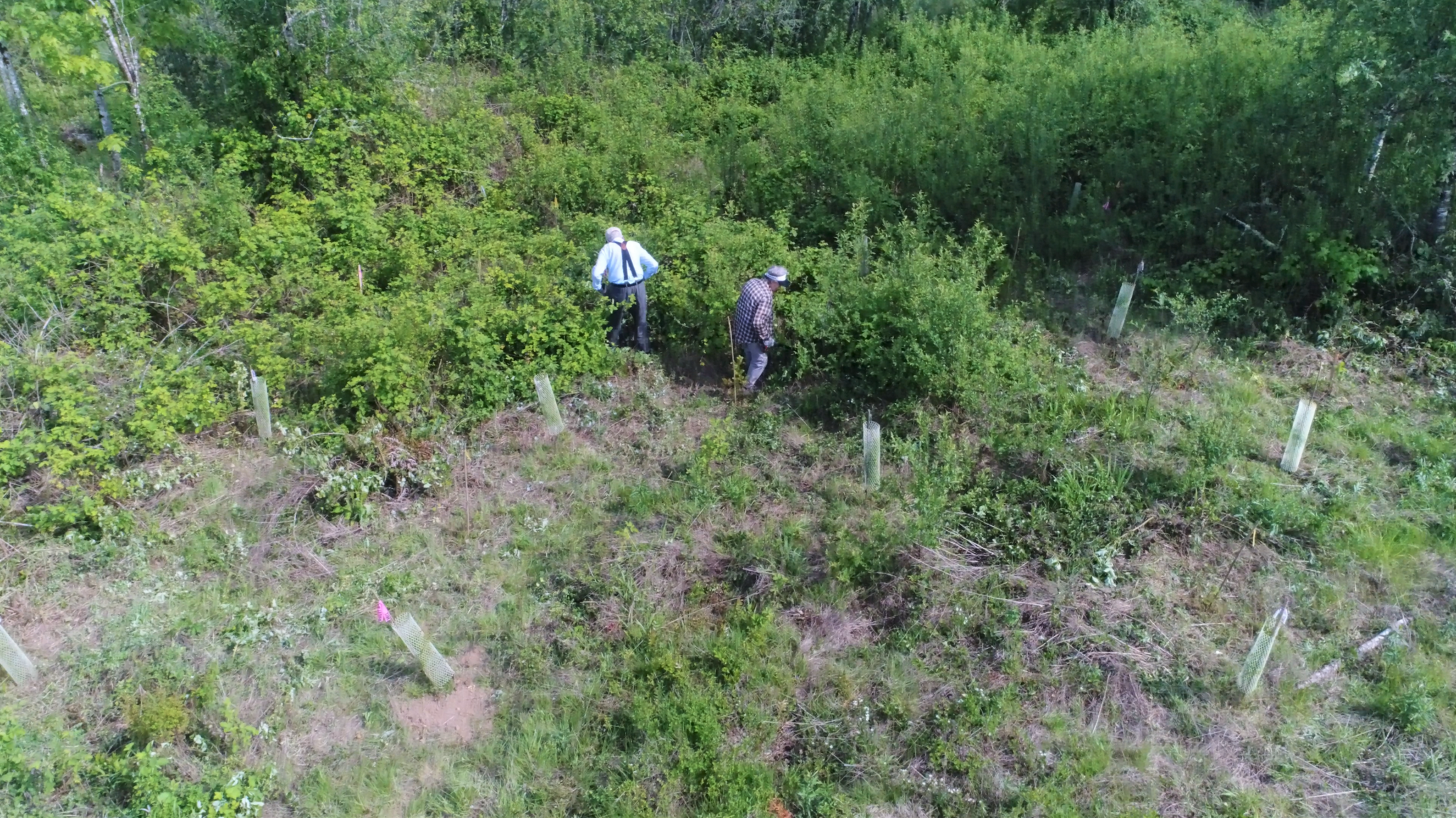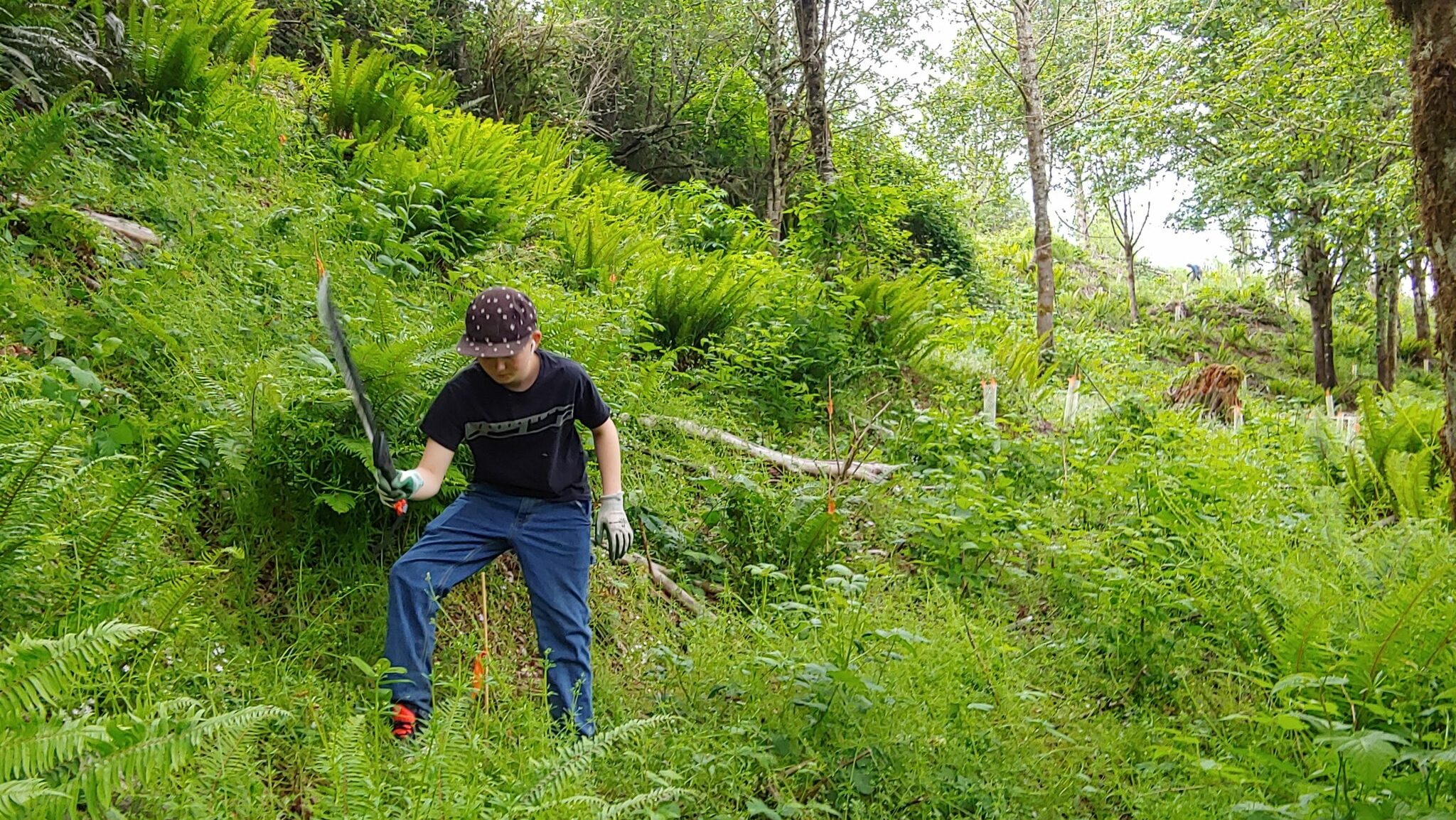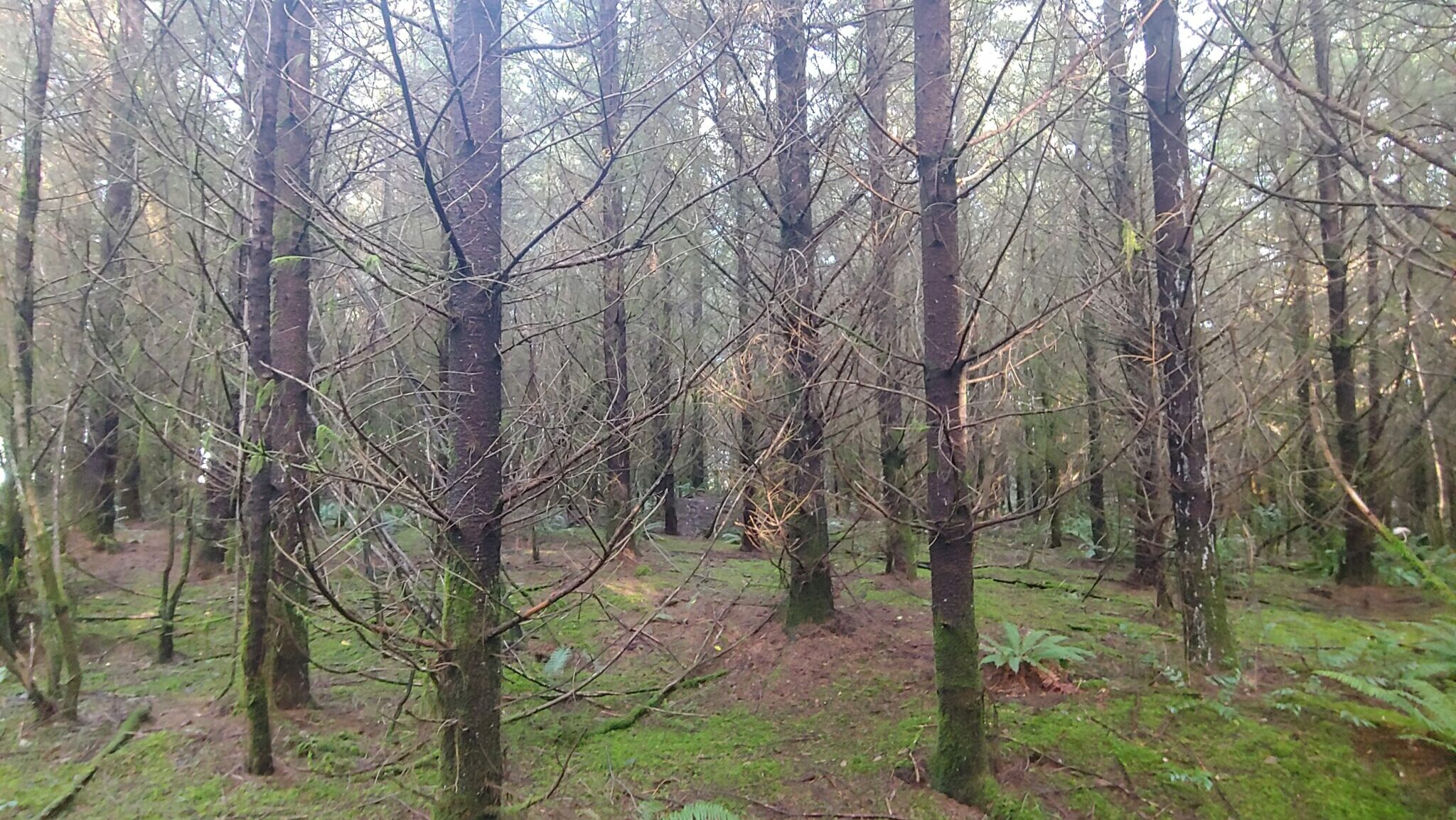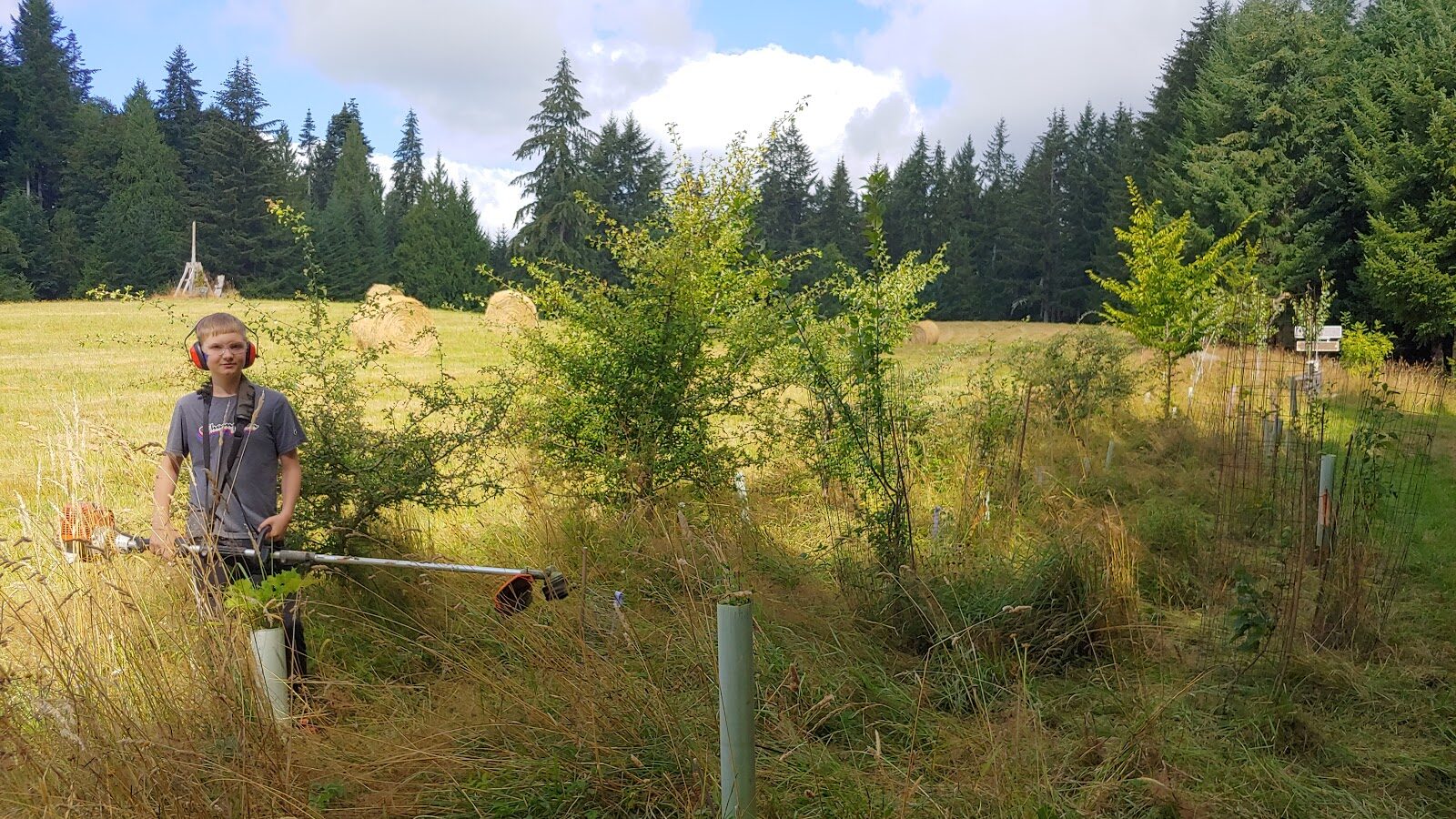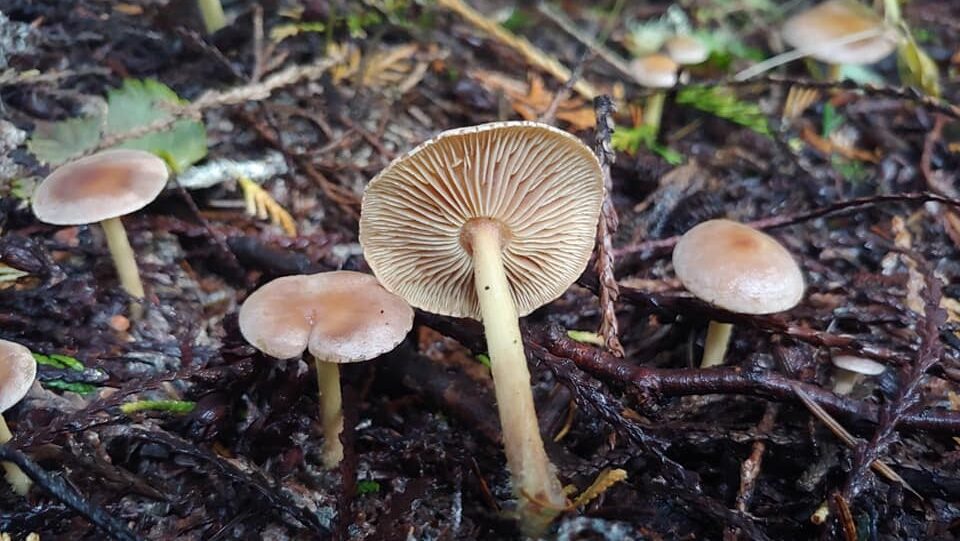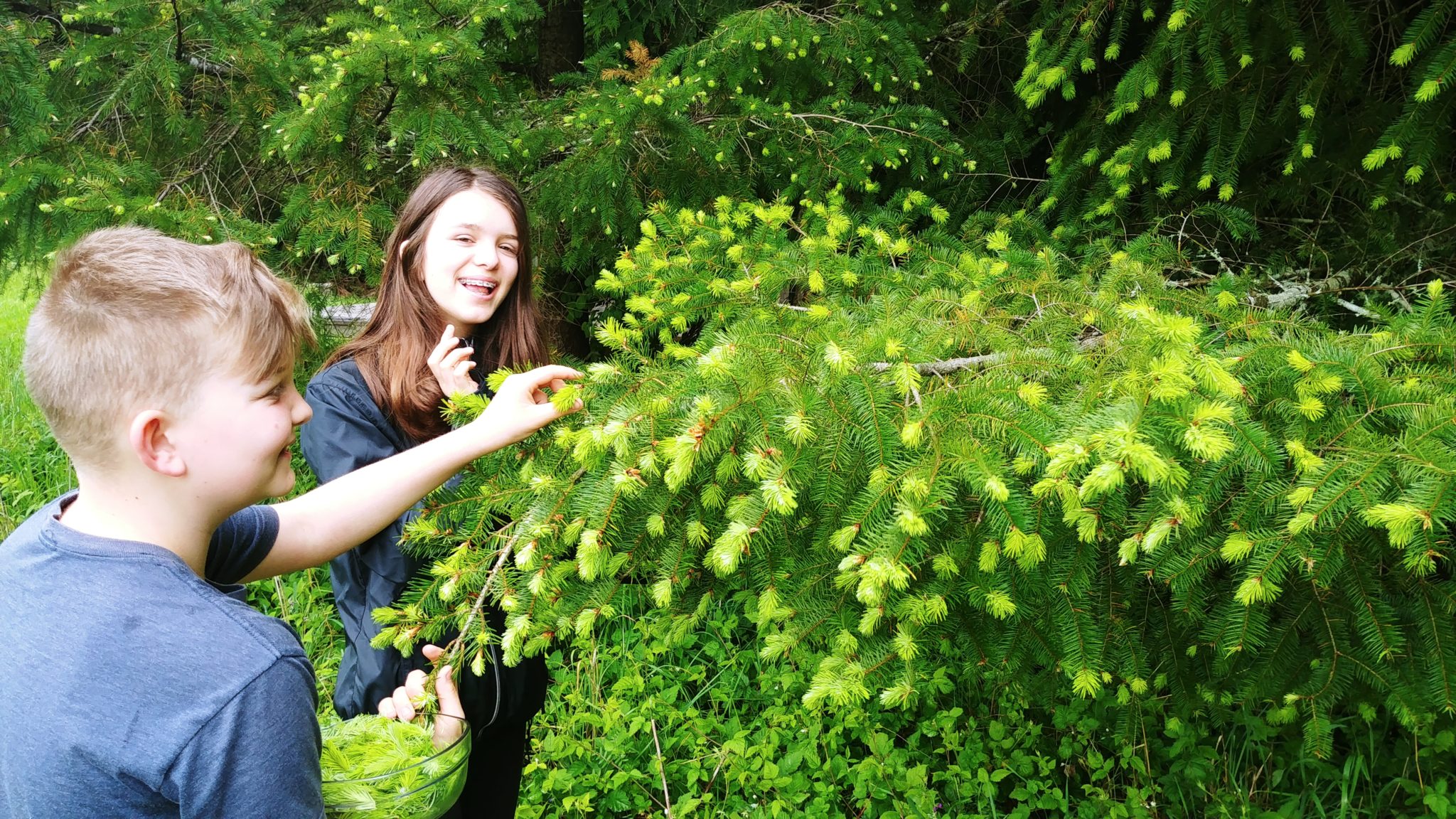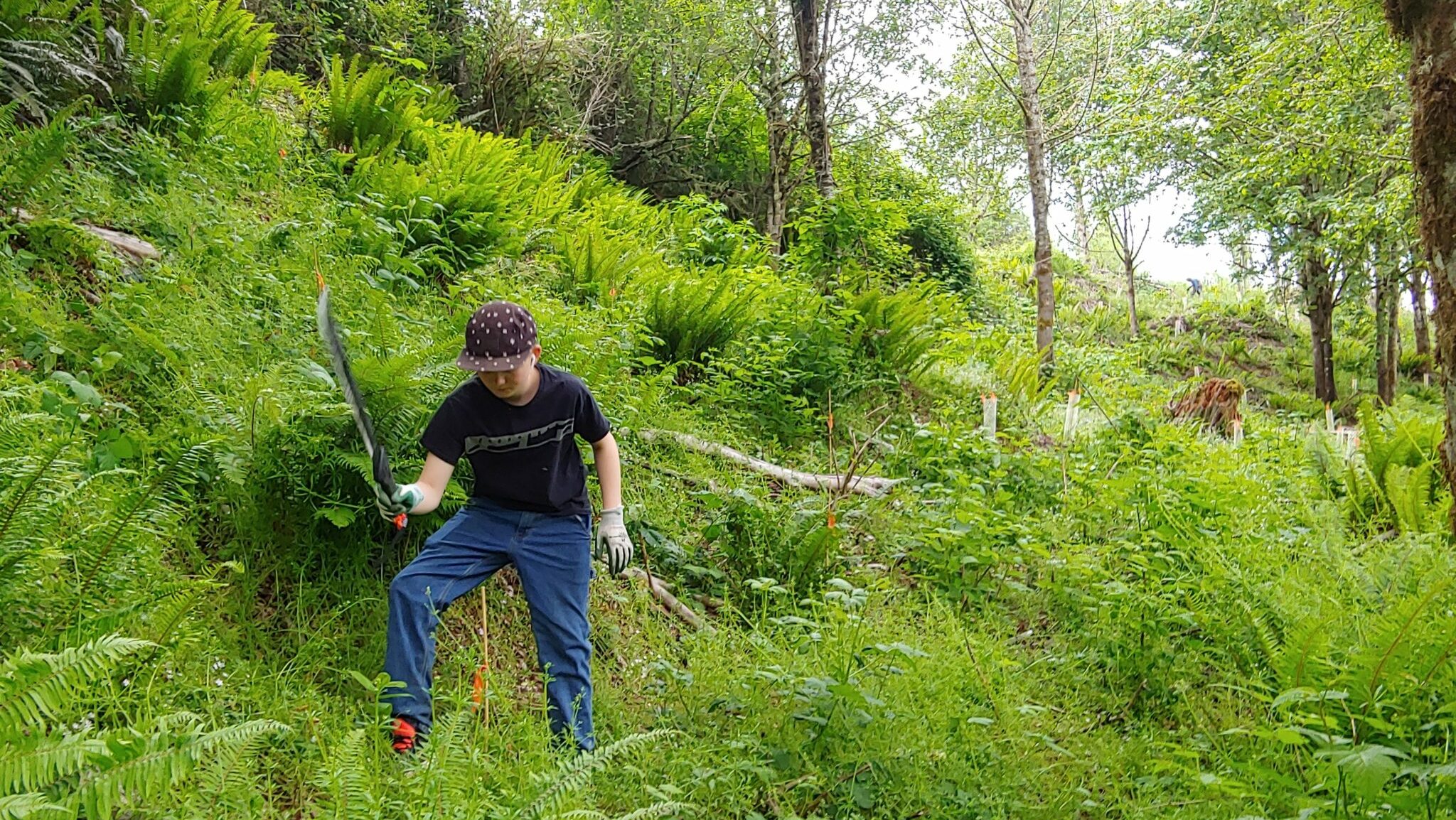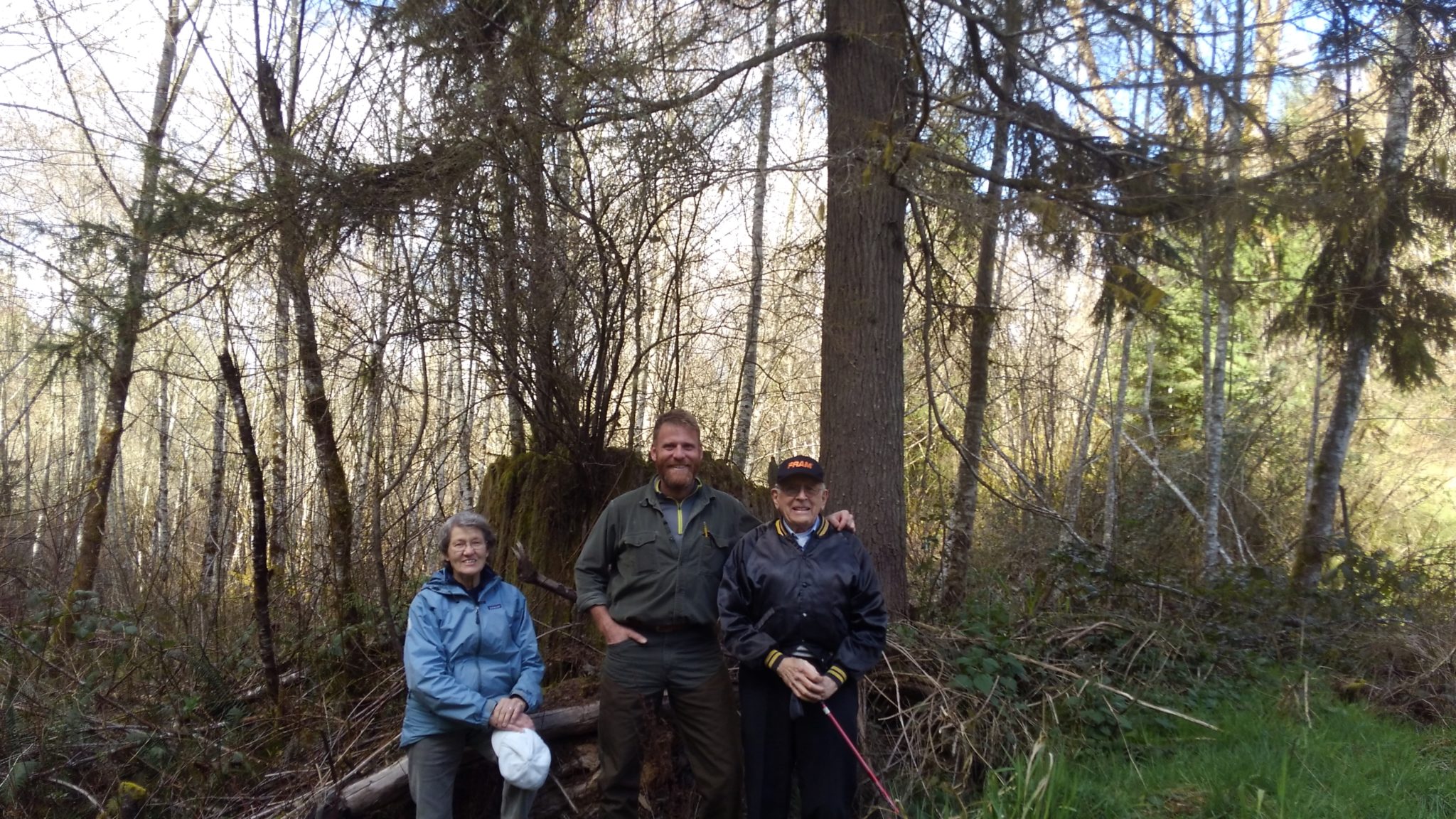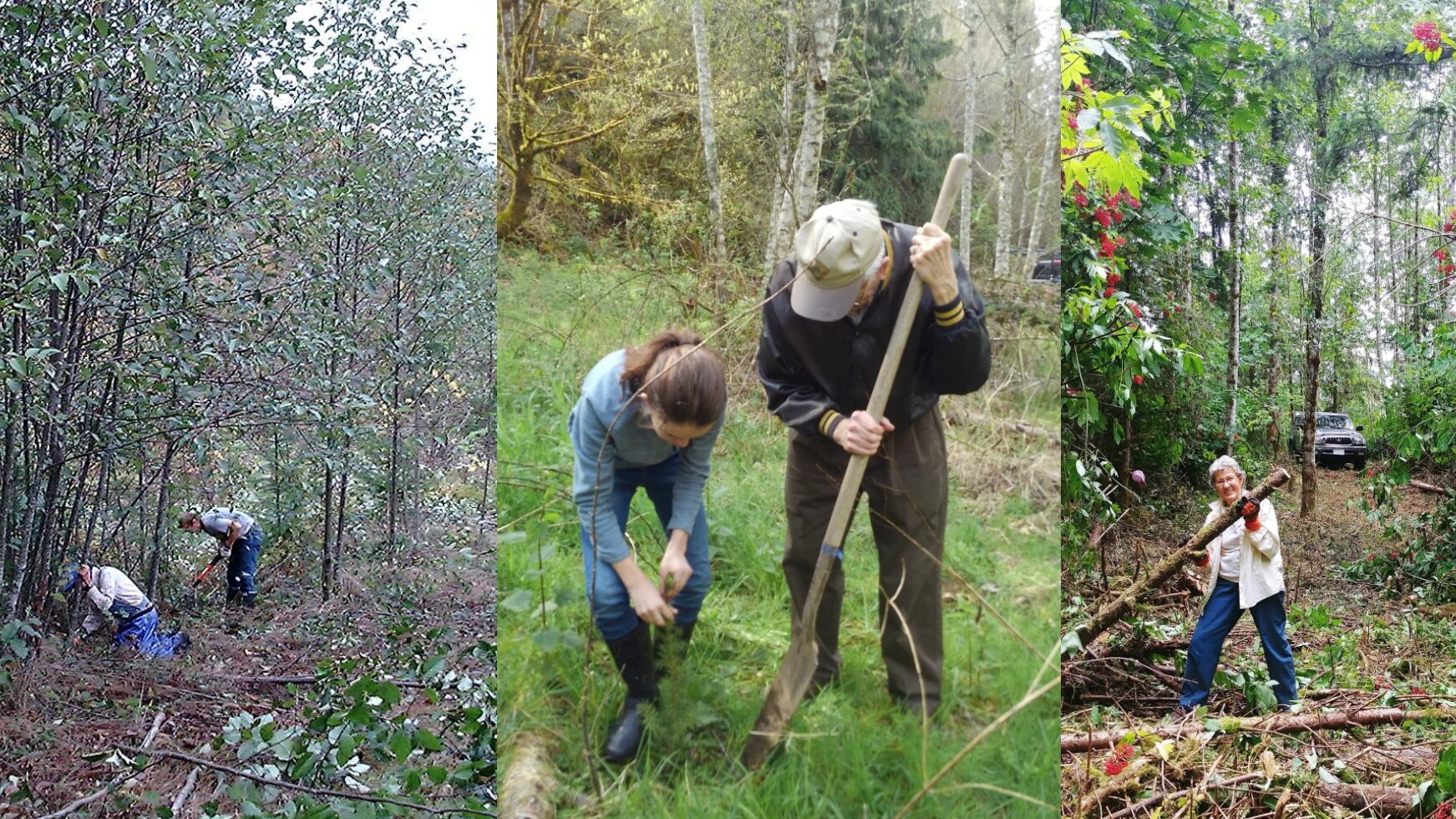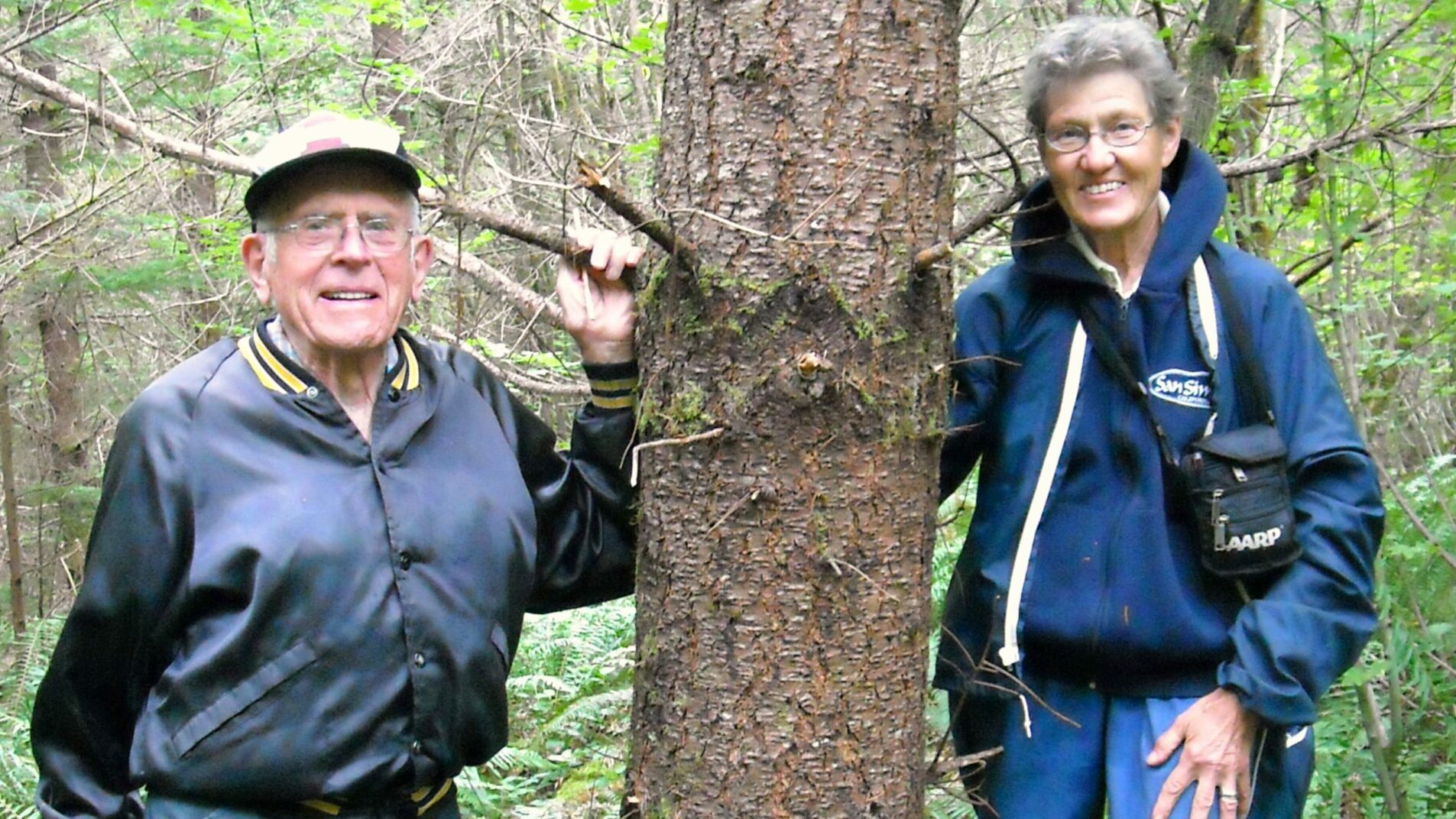Applied Ecology Films recently captured a restoration thinning on Director of Forestry, Kirk Hanson’s property. A glimpse into one of our recent Forestry Restoration Projects in partnership with Hanson Forests and landowner Kirk Hanson (Director of Forestry for NNRG). This structural renovation focused on improving ecosystem health through prescription thinning focused on structural and compositional […]
Hanson Family Forest
Listen to Kirk on Exploring Washington’s podcast
Growing Trees, Growing Futures: Ecological Forestry In this episode of Exploring Washington State, Kirk discusses the differences between sustainable forestry and traditional industrial methods. Industrial forestry often relies on clear-cutting, which can damage the environment, deplete biodiversity, and degrade soil quality. Instead, Kirk advocates for perpetual thinning, a practice that selectively removes weaker trees to promote […]
Into the Woods – Restoration Planning and Funding with Kirk Hanson
This article is part of the Hanson Family Forest series. Introduction When I helped my parents acquire our family’s Bucoda forest in 2018 we did what good farmer’s do, we bought good soil. The silty clay loam that this land is built from is nutrient-rich and, coupled with the mild maritime climate of the Pacific Northwest, capable […]
Ode to Pa Hanson
I’ve participated in multiple surveys of small woodland owners over the years, and each time we ask the question “why do you own forestland,” the value of “legacy” is almost invariably in the top four reasons expressed. Woodland owners want to know their efforts as good stewards will endure and be passed on to future […]
2020 Reforestation Project: Year 2 Report
This article is part of the Hanson Family Forest series. In January 2020 we planted 18 acres on our family’s land near Bucoda, WA in an effort to restore several degraded sites that had been logged by a previous landowner, but not replanted. These were challenging sites to recover as they were comprised of either […]
To Thin, or Not to Thin
There is a 28 year-old Douglas-fir plantation on my family’s Bucoda tract that was established following clearcutting by the previous owner. The trees have grown into a deep, dark, primordial atmosphere, characteristic of densely canopied conifer stands, that belies the otherwise innocent nature of such a young and artificially simple forest.
Agroforestry Plantation of Culturally Significant Plants
A reoccurring revelation breaks on me anew nearly every time I spend an appreciable amount of time in the forest; one that renders me mute and pondering in stunned silence: the forest provides everything we need to sustain our lives. Food, medicine, shelter, clothing, tools, and right livelihood
HANSON FAMILY FOREST Fungi Pholio
A running list of fungi I’ve documented in my family’s forests.
Kirk’s Favorite Forages
When you learn everything that’s edible in the forest, it’s really hard to starve to death. Michael Pilarski Foraging for wild edibles on my family’s land has always been one of the highlights of having our own woodlands. Throughout every season there is something we can pluck and pop in our mouths, which I’ve always […]
Raising 5,200 Children by Shovel and Machete
This January the Hansons embarked on a large reforestation project on their forest near Olympia, Washington. Comprising 18 acres and 5,200 seedlings, it’s been their most ambitious planting job to date — one that has had Hanson parents, kids, and grandkids weathering much of the current pandemic from deep in the forest.
The Ever-Evolving Hanson Family Forest
My family recently bought a new tract of forestland near Bucoda, WA about five miles north of the town of Centralia. The land straddles a clay hill that is part of a vast ripple of prehistoric marine sediment laid down millions of years ago when this area was submerged beneath the Pacific Ocean. The soils, […]
Family Forests as a Natural Capital Endowment
My family’s forestlands have grown to just over 200 acres in the past few years.
Sometimes, a forest just needs a little TLC (Thinning, Love, and Cost-share reimbursement)
As lifelong forest owners Rod and Diana Hanson were no strangers to land stewardship when they bought 70 acres near Black Diamond, WA in 2011. But the forest they purchased was a far cry from their vision of a mixed-species, mixed-age, biologically rich ecosystem that could also yield valuable wood products. The property had previously […]

